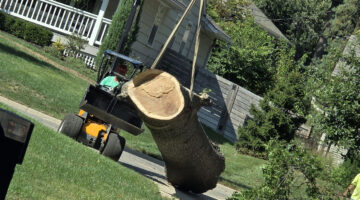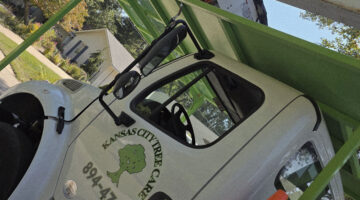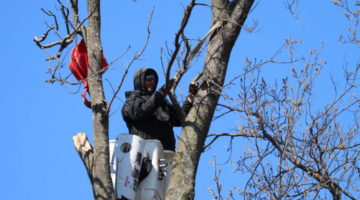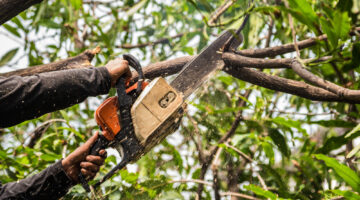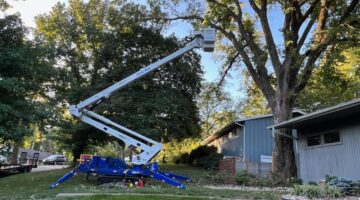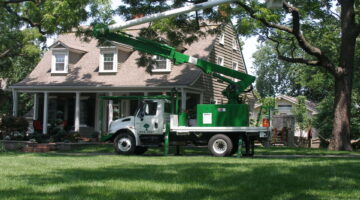Tree pruning is more than just trimming branches; it’s an essential part of tree care and maintenance services that helps trees grow healthily, look beautiful, and avoid structural issues. But knowing when to prune can make all the difference, especially in a region like Kansas City, where climate and weather patterns greatly influence tree growth and health.
This blog will guide you through the best times to prune trees in Kansas City and provide you with practical tips and insights to keep your trees thriving.
Why Timing Is Everything in Tree Pruning
Pruning your trees at the right time isn’t just about aesthetics. It’s a critical part of maintaining their health, preventing diseases, and ensuring they can stand strong against storms. The timing of pruning affects how well plants recover, grow, and respond to the trim. In Kansas City, where winters can be harsh and summers humid, strategic tree care ensures that your trees don’t just survive but flourish. Whether you’re focusing on storm recovery efforts or shaping younger trees, pruning at the right time can save you from costly mistakes, reduce risks, and enhance your property's landscape.When to Prune Most Trees in Kansas City
For most trees in Kansas City, late winter, while the trees are dormant, is the optimal time for pruning. This is typically between February and early March, just before the spring growth cycle begins. Pruning during this period offers several benefits:- Trees are less likely to attract pests or transmit diseases during dormancy.
- Without leaves, it's easier to see the tree’s structure, making it simpler to identify which branches need removal.
- Pruning during dormancy minimizes stress to the tree and promotes a healthy burst of growth in the spring.
Pruning Specific Tree Types
Different types of trees benefit from pruning at different times. Here’s how timing plays into pruning various tree species in Kansas City:Flowering Trees
Prune flowering trees based on their bloom patterns:- Spring-flowering trees (like dogwoods and redbuds): Prune after they finish blooming in late spring. Trimming too early may cut off the flower buds, reducing blooms for that season.
- Summer-flowering trees (like crepe myrtles): Prune during late winter to encourage healthy summertime blossoms.
Fruit Trees
For optimal fruit production, prune fruit trees, such as apple or pear trees, during dormancy in late winter. Removing excess branches improves airflow and access to sunlight, boosting fruit quality and size.Young Trees
Pruning young trees is focused on shaping their structure and promoting strong growth patterns. Late winter is ideal for this task, as you can clearly see the tree’s framework without foliage. Regular pruning of young trees prevents weak or uneven growth down the line.Tools You’ll Need for Proper Pruning
Having the right tools is crucial for safe and efficient tree pruning. Here are the essentials:- Pruning shears (for small branches and young shoots)
- Loppers (for medium-sized branches)
- Pruning saw (for larger, thicker branches)
- Pole pruners (for high branches)
- Protective gloves and eye protection
- Tree care equipment for more advanced jobs, such as cabling and bracing trees for added support.
Step-by-Step Guide to Pruning
Follow this quick guide for successful pruning:- Inspect the tree
- Start with dead or damaged branches
- Trim for airflow and shape
- Cut branches that cross or rub against each other.
- Thin out the crown for better air circulation and light exposure.
- Cut strategically
- Make cuts at a 45-degree angle, just outside the branch collar (the slightly swollen area where the branch connects to the trunk).
- Avoid over-pruning by not removing more than 25% of a tree’s canopy at once.
- Clean your tools
Most Common Tree Trimming Mistakes
Mistakes during pruning can damage your trees rather than help them. Avoid these common errors:- Over-pruning
- Topping
- Improper cuts
- Ignoring safety protocols
Local Resources for Kansas City Tree Care
Kansas City residents are fortunate to have access to excellent resources for tree care and maintenance. Here are a few recommendations:- Local arborists: Certified arborists can provide expert advice or tackle complex jobs like cabling and bracing trees.
- Tree trimming and pruning services: Numerous companies specialize in professional pruning and storm recovery, ensuring your trees remain healthy and safe.
- Kansas City extension offices: Check for community workshops or resources on sustainable land clearing and tree care practices.


